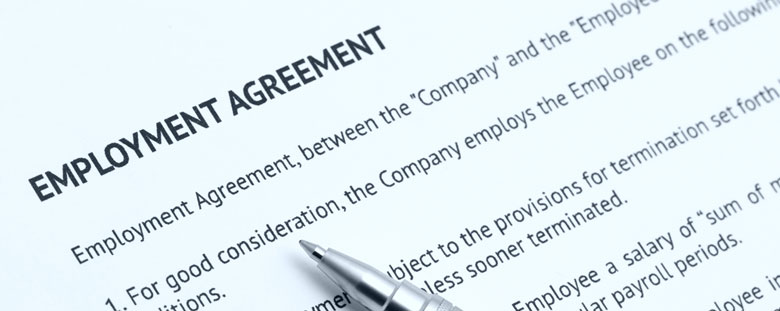Under the Working Time Regulations 1998 (WTR), all workers are entitled to 5.6 weeks’ holiday each year. The WTR make no provision for pro-rating this entitlement for employees whose work may mean they do not work throughout the full year which include term-time workers.
Previously many organisations, including ACAS, recommended that casual workers accrue statutory holiday entitlement at the rate of 12.07% hours worked. This method aimed to ensure that casual workers build up holiday entitlement in the same proportion to hours worked as a standard worker.
However, in its recent its judgment on the case for Harpur Trust v Brazel [2022], the Supreme Court determined that the amount of leave to which a part-year worker under a permanent contract is entitled must not be pro–rated in this way and instead workers should receive 5.6 weeks with reference to a person’s average earnings over 52 weeks.
In practice, this does not impact “classic” part-time workers with set hours, for example those on a 3-day standard week. You can still calculate their holiday entitlement as a reduced number of days compared to a 5-day week worker because in practice they will end up with 5.6 weeks of holiday at their normal rate of pay.
The significant impact of the ruling is on people who are under a permanent contract for the whole year but actually work for less than a full year, such as term time only workers. As argued by the Trust in this case, this could lead to some “absurd” results.
For example, an exam invigilator retained on a permanent contract who works only one week of the year, earning £1,000 for that work. The invigilator would be entitled to 5.6 weeks' annual leave. So, they would receive £5,600 holiday pay for a job that paid only £1,000. This seems to be rather more than the “slight” favouring of atypical workers referred to by the Supreme Court, but they dealt with this by saying that general rules sometimes provide anomalies in untypical cases, and that it would be unusual for this kind of arrangement to be a permanent contract.
The better news is that this does not necessarily affect all term time workers. Many such workers will have normal working hours and receive a regular salary throughout the year, including during the holidays. The legal provisions for holiday pay in such cases simply require you to maintain normal salary during periods of holiday. It should generally be possible to argue that such workers are already paid in compliance with the rules, as they continue to be paid their normal salary for 5.6 weeks of holiday.
The ruling does, however, potentially affect all casual workers with no normal working hours operating under permanent contracts. It completely rejects the 12.07% approach. Even if workers in these situations work fewer than 46.4 working weeks in the year, you must nonetheless provide 5.6 weeks of holiday and pay holiday pay for those 5.6 weeks on the basis of average weekly pay over the last 52 paid weeks.
If you have people under contract for the whole year but they work short of a whole year, or if you use the 12.07% method for casual workers on permanent contracts, then it would be sensible to take advice about how to deal with the new calculation to ensure you are paying holiday pay correctly and to review your current contracts and policies accordingly.




Comments